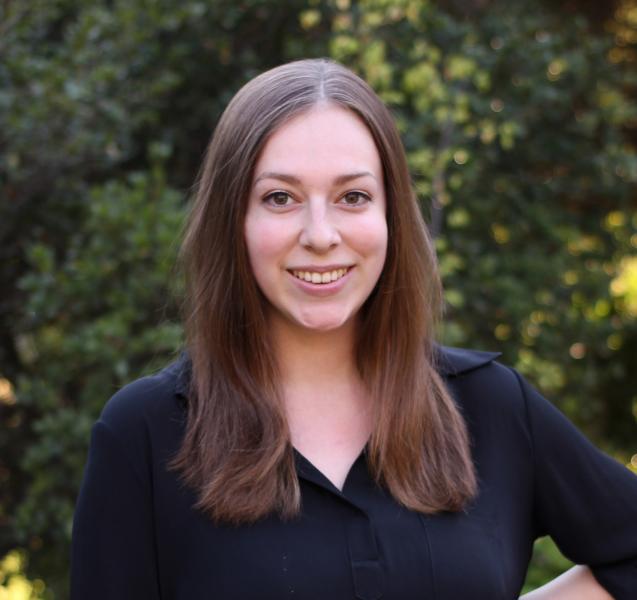
One goal of NHC members' service term is to increase the'capacity" of our sites. This means that while we devote most of our time and energy to serving the public, we also try to improve and expand the way our host organizations function in a way that will continue after we finish. When I started with Lending Hands for Life (LHL), the HIV/AIDS program at Erie Family Health, I had a hard time imagining what I could improve. Erie has been recognized repeatedly as a'Health Center Quality Leader" and a'Top Workplace in Chicago", while the LHL program specifically has helped our patients achieve almost double the rate of undetectable viral load compared to city and national averages. What could I do to increase this capacity?
One of my biggest independent projects has been creating a protocol to clarify and streamline our HIV testing process, including linkage to pre-exposure prophylaxis (PrEP) and post-exposure prophylaxis (PEP): two medical tools that can provide extra protection from HIV. After I drafted the protocol, my supervisor invited me to present it to the entire clinic at our March staff meeting. Because I serve in the LHL program, I am surrounded daily with people well-versed in HIV care, so it felt silly to present this protocol to the rest of the clinic. I found, however, that almost half of the people who attended this meeting had never heard of PrEP before my presentation. These were not providers, but were staff members who nevertheless could be asked by patients about PrEP or other aspects of HIV prevention, and until that day would not have been able to give an answer.
This story is not meant to shame those who were uninformed; their daily work has very little to do with HIV prevention and before my position I had not heard of PrEP either. That said I have heard recently that some of our patients in the LHL program report feeling distanced from the rest of the clinic - as though the non-LHL staff don't'get" them and what they're going through. After seeing the gap in knowledge about PrEP, I could see how alienating it could feel for a patient to ask about it and be met with misunderstanding. The idea that my presentation could help bridge this gap between the patients in our program and the rest of the clinic felt wonderful. I hope to continue this throughout the rest of my service!
Patient distrust in medicine is a widespread issue, and I think a lot of that stems from people in the medical field being unable to see the room for improvement. There is so much asked of us, in each and every position, so it is easy to feel defensive when people criticize the state of medical care. But when we keep an open mind and do our best to educate ourselves, we are simply improving what may be an already fantastic system.

This blog post was written by NHC Chicago 2017-18 member Lydia Nelson.
Lydia is a Health Educator and Outreach Coordinator at Erie Family Health Centers - Humboldt Park.
